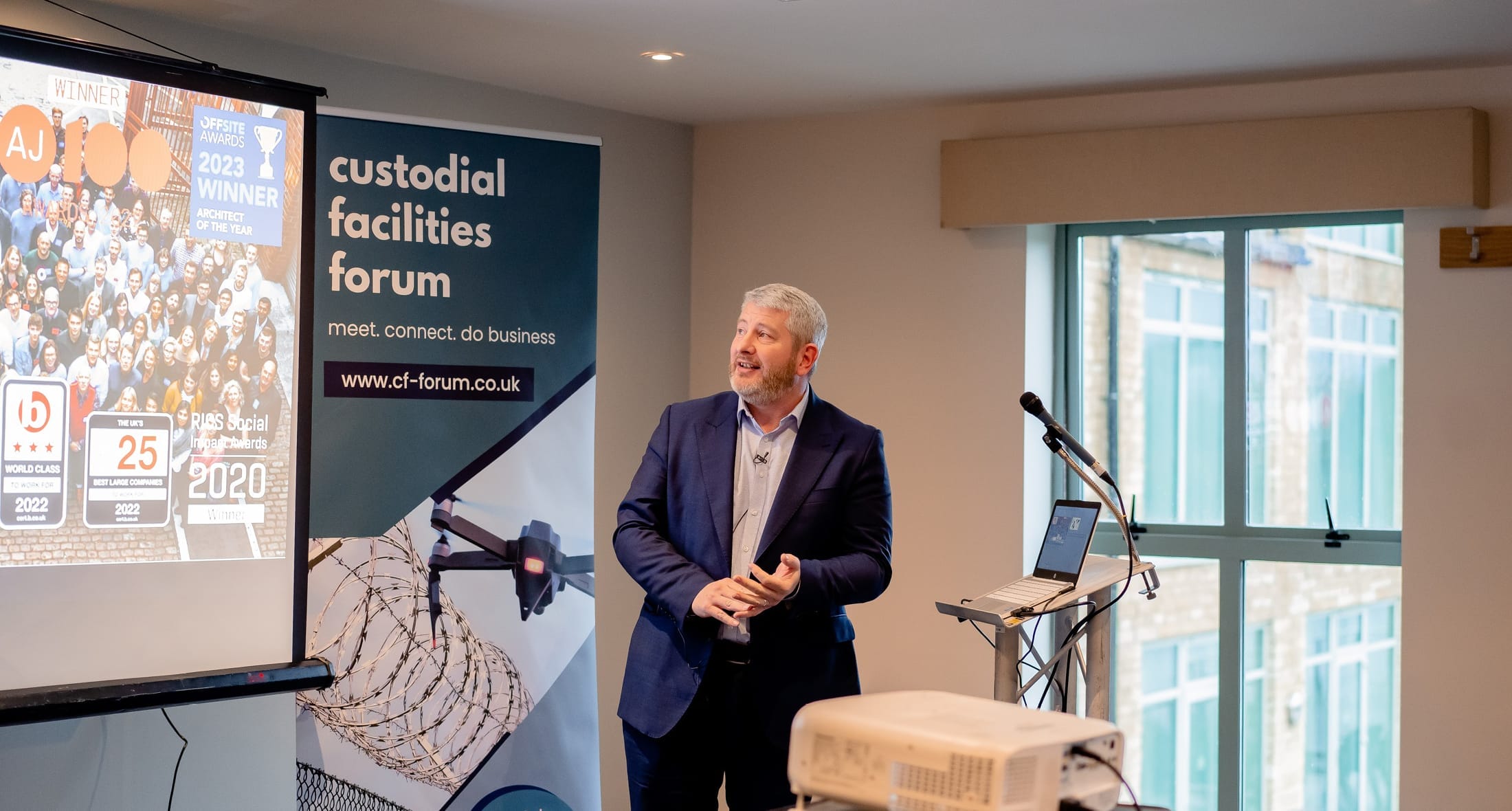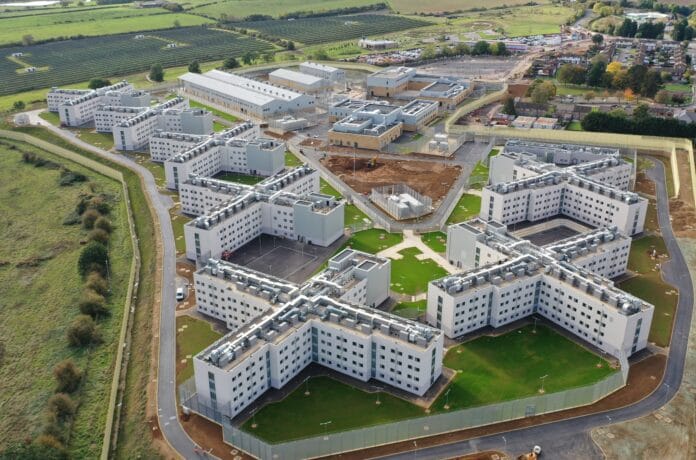
Earlier this month, Steven Lennon, Head of Justice and Emergency Services, spoke at the Custodial Facilities Forum on how HLM’s designs aim to aid rehabilitation and reduce reoffending. Here’s an overview of what he presented at the forum.
When we design for incarceration, we consider the prisoner’s full journey through the system. As a stressful environment, we recognise that each aspect of their experience can be significant in influencing behaviour and emotions, and therefore try and ensure a positive experience.
The focus of the presentation for HLM was to illustrate how good design can help to influence the outcome of a prisoner journey while acknowledging that we often design for “the worst case” which is the smallest cohort there are opportunities to accommodate both the compliant and non-compliant prisoner with appropriate design responses
First impressions
They say that first impressions shape both immediate judgements and lasting perceptions, so it imperative that we get this ‘right’. If the immediate impression is that of somewhere that is going to stilt personal development or improvements, then it’s unlikely for prisoners to feel hope for the future, from the first time they enter. Equally, it is important to acknowledge that these spaces are Prison Officers’ workplaces, and their environment can have an impact on their interaction with prisoners.
The journey to rehabilitation
There are multiple steps in the prisoner’s journey to rehabilitation, and each needs consideration both individually and in terms of how it contributes to the overall rehabilitation schedule. The elements of a supportive design to reaching rehabilitation that HLM explored focused on visits – in particular the visitor experience – including arrival, the route to visit, and the visit space. We looked at the impact of the distance that visitors have to travel within secure environments, the careful position of secure lines to maximise the access to daylight and views on route, and the range of spaces for prisoners and visitors interact in, including external spaces.
The final destination
After a prisoner period of incarceration, the prospect of returning to the community can present many challenges from life skill to the experience of a rapidly changing world. A period of transition is key to a successful outcome and to reduce reoffending, and we have illustrated several step-down facilities which assist with the adjustment to life back in the community.
What our extensive experience in prison design has taught us, is that prisoners can be more responsive if opportunities for self-improvement are included in the prison programme. This starts with a first impression which inspires the desire to reintegrate, followed by encouragement to engage with the rehabilitation process, and finally supported by accommodation that helps this transition to be successful.
If you want to find out more about our work in the Justice sector, visit our project page or contact us using the form below.


